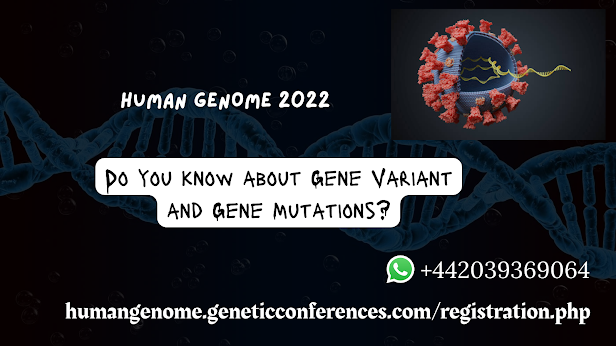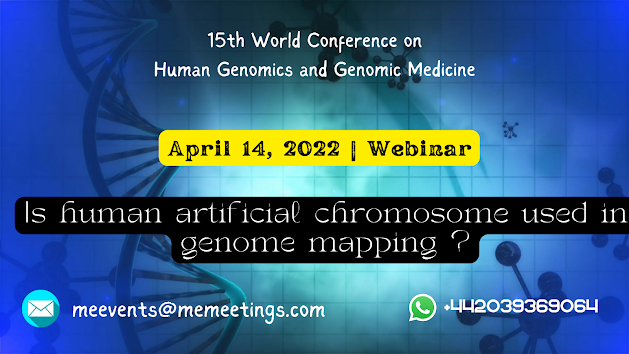Do you know about Gene Variant and Gene Mutations?
A gene mutation is a change in one or more genes (myoo-TAY-shun). Some mutations can cause genetic diseases or conditions. Changes in single DNA bases, as well as minor intragenic deletions and rearrangements, are instances of gene mutations. Gene mutations and point mutations are often used interchangeably, despite the fact that they are genetically distinct events. Single base alterations, insertions or deletions of one or a few bases are known to as point mutations, whereas gene mutations are defined as intragenic additions, deletion, or rearrangements that affect normal gene function. Because these effects are usually not deadly to the exposed cells and are often detected in the following surgery generation cells, they are all considered heritable effects. The mutations must be expressed and scored in the treated cells during subsequent reproductive cycles.
New (gene expression) variation is genetic alterations that are discovered in a kid but not in either of its parents. The mutation can occur in a parent's egg or sperm cell but not in any of their other cells in some situations. In certain circumstances, the variation appears in the fertilised egg rapidly after the egg and sperm cells have joined. (It's typically difficult to pinpoint when a de novo variety appeared.) Each subsequent cell in the emerging embryo will have the variation when the primary oocyte splits. De novo variations are one explanation for genetic abnormalities in which every cell in a child's body contains a variant.
Mosaicism is a disease in which a
population of cells in the body has a distinct genetic composition than others
due to variants acquired during development. The genetic alteration in
mosaicism does not occur in a parent's egg or sperm cells, nor in the
fertilised egg, but rather later in embryonic development or maturity. Cells
that develop from the cell with the changed gene will have the variation, but
cells that arise from other cells will not. Developmental phenotypic plasticity
happens when a subset of somatic cells has a genetic mutation. Mosaicism may or
may not produce health concerns, depending on the variation and the number of
cells affected. Germline mosaicism occurs when a portion of egg or sperm cells
has a mutation while the rest do not. An unaffected parent can convey a genetic
problem to their child in these circumstances.
Synonymous mutations, whereas nonsynonymous
mutations, do not affect the amino acid sequence, albeit they do occur in
sequences that code for amino acids by definition. Since many amino acids are
encoded by numerous codons, there are synonymous mutations. If base pairs are
found in introns, intergenic regions, or even inside the coding sequence of
genes, they can have a variety of regulatory functions. All of these groups are
sometimes lumped together with synonymous mutations under the name "silent"
mutations for historical reasons. Silent mutations can be anything from totally
insignificant to extremely crucial, depending on their function, with the
latter suggesting that operational sequences are preserved by purifying
selection.




Comments
Post a Comment